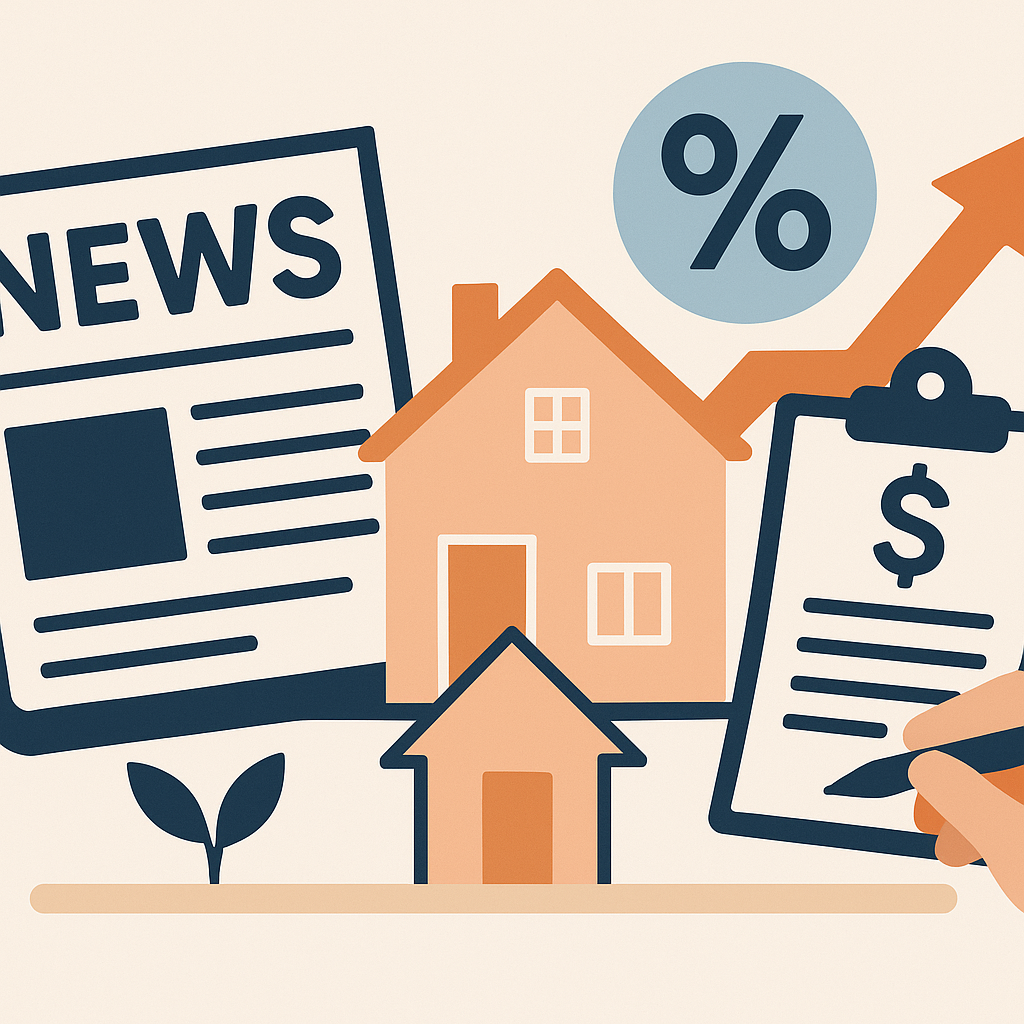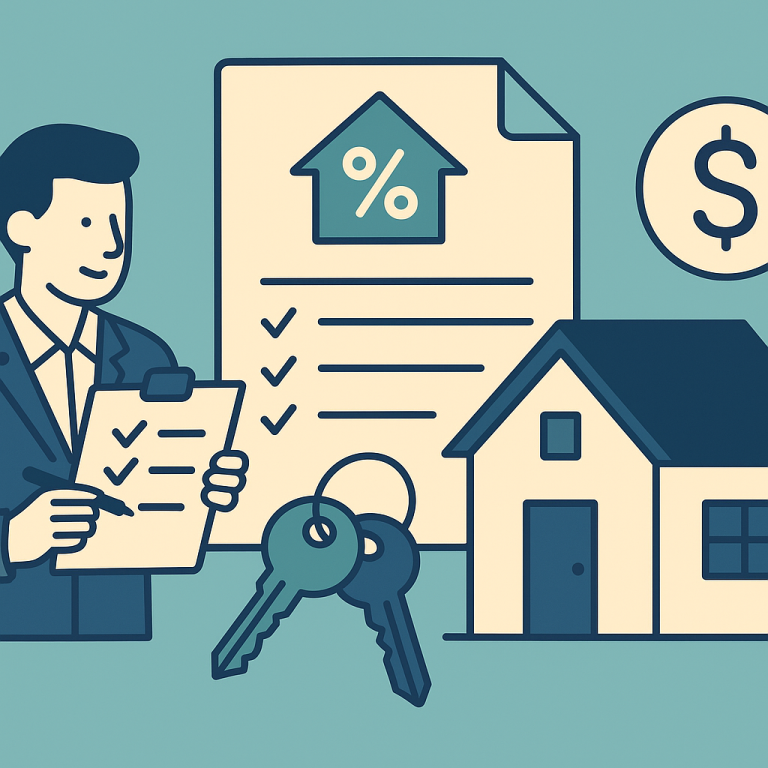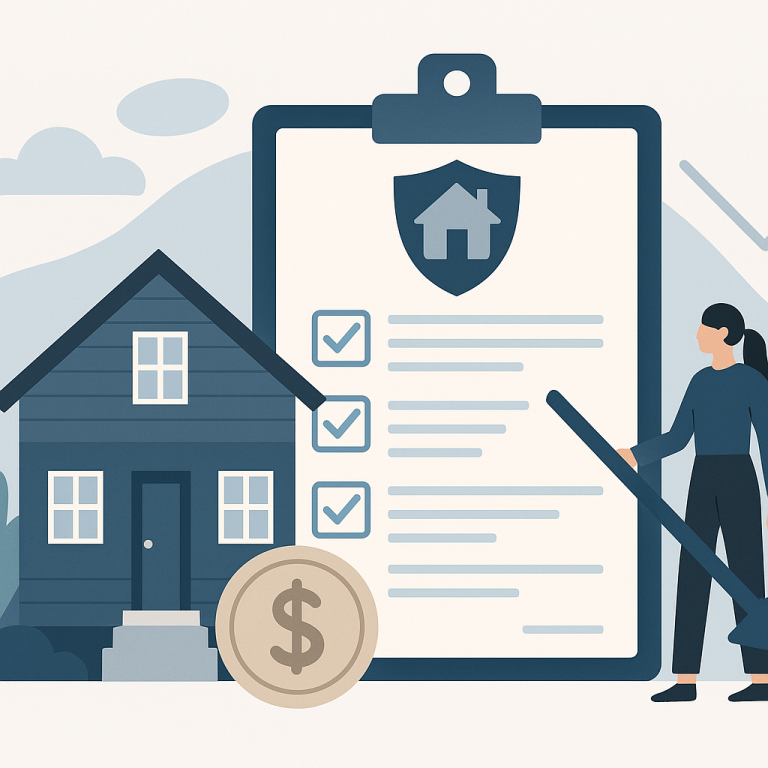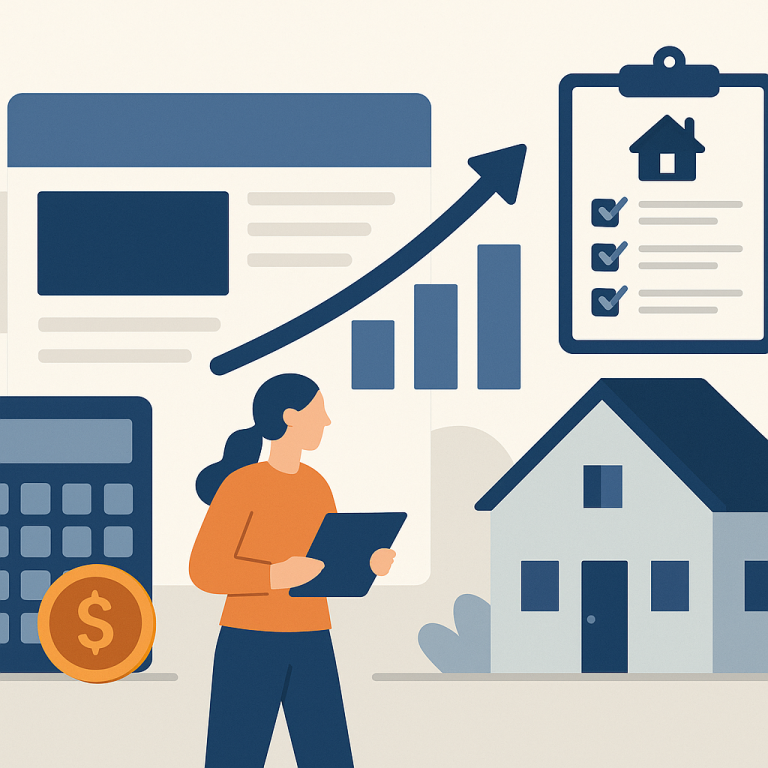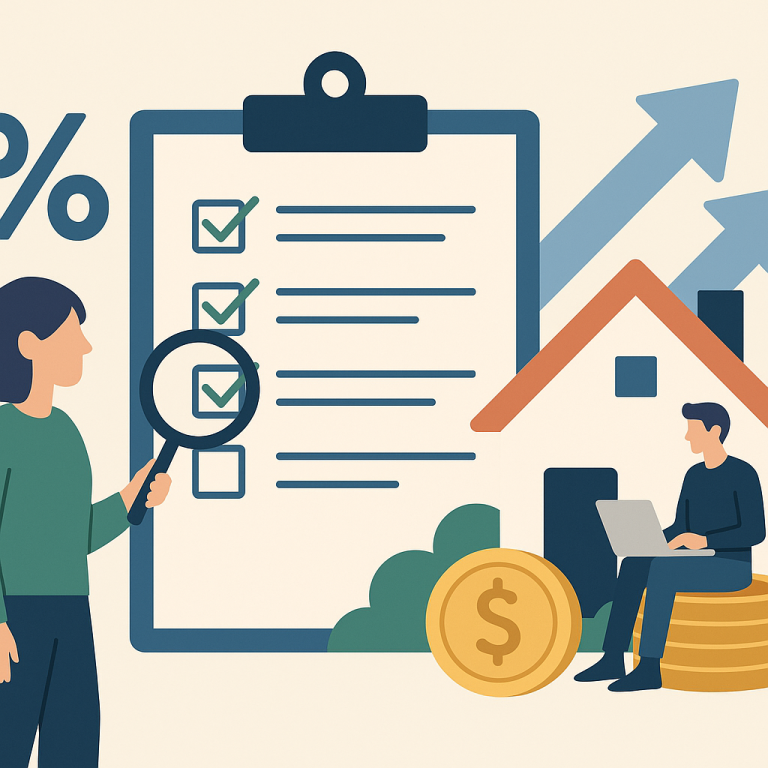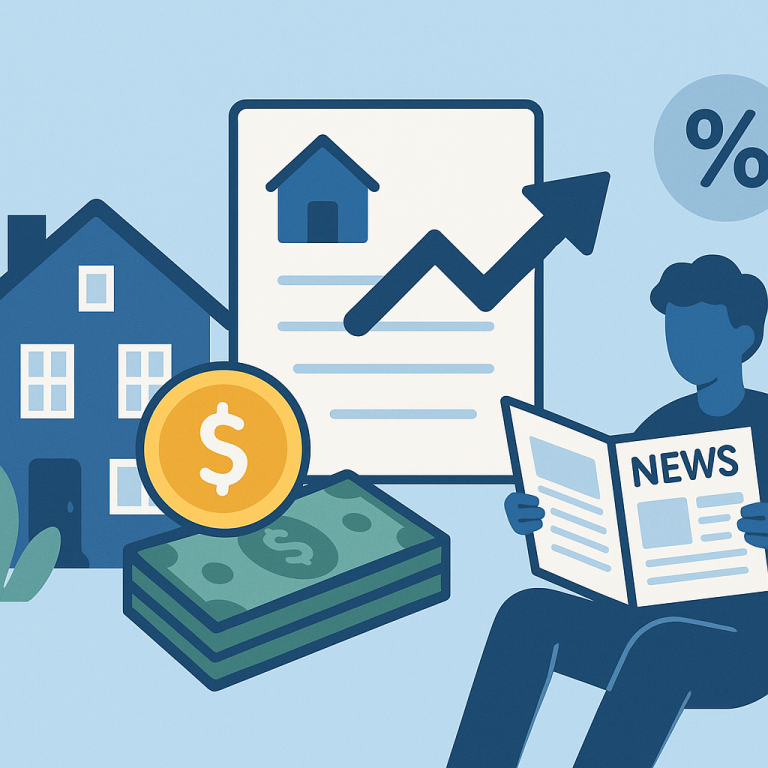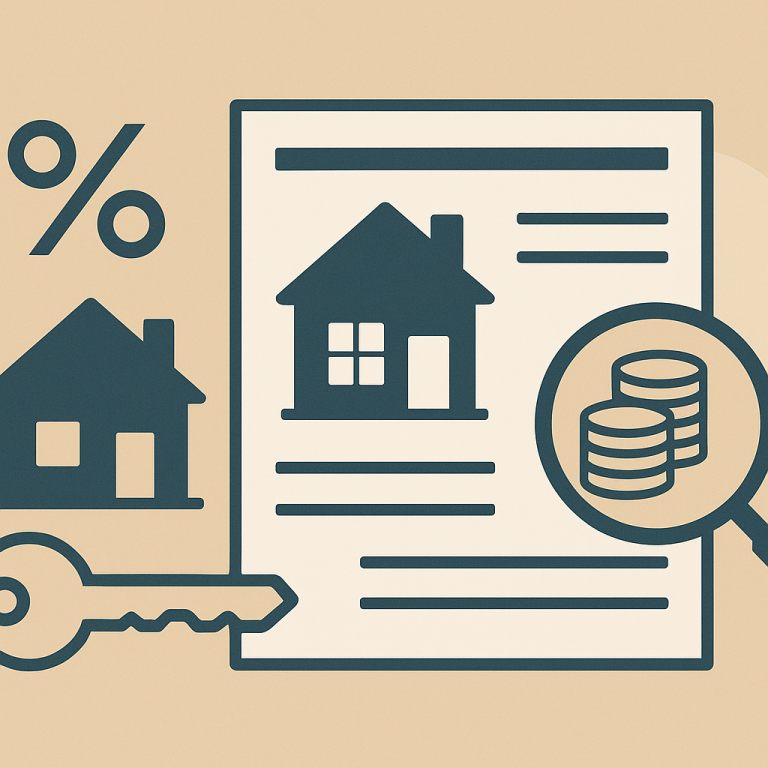Major Lender Slashes Refinance Fees $500, Easing Costs For 740+ Borrowers
Lower Rates Spur Renewed Refinancing Interest — How Homeowners Should Decide
Recent movement in the mortgage market has prompted increased interest in refinancing among homeowners looking to reduce monthly payments, shorten loan terms or tap home equity. While lower headline rates are an important signal, the decision to refinance requires weighing closing costs, remaining loan duration and individual financial goals.
What’s driving the uptick
Mortgage rates have moderated from recent peaks, encouraging some borrowers to revisit refinancing options. Lenders are promoting a mix of rate-and-term and cash-out products, and competition has broadened the range of available loan programs. This combination tends to raise inquiry volumes even if not every applicant moves forward to closing.
Key considerations for homeowners
Refinancing can deliver meaningful savings, but the net benefit depends on several interrelated factors. Homeowners should focus on:
- Break-even horizon — Compare total refinancing costs to monthly savings to determine how long it will take to recoup fees.
- Remaining mortgage term — Those early in a long-term mortgage may realize larger absolute savings, while those near payoff may not.
- Loan type and term — Switching from a 30-year to a 15-year mortgage lowers interest paid over time but can increase monthly payments.
- Credit profile and loan-to-value — Strong credit and sufficient equity improve the likelihood of favorable pricing.
- Cash-out needs — Accessing equity increases borrowed amounts and may alter interest rate and loan structure.
When refinancing makes sense
Homeowners should prioritize refinancing when the expected rate reduction and loan-term change clearly outweigh fees and other trade-offs within their planned homeownership horizon. For those planning to stay in the property beyond the break-even point, refinancing to a lower rate or a shorter term can be advantageous. Conversely, short-term residents or borrowers with minimal equity may find limited benefit.
Practical steps to evaluate a refinance
Start by obtaining a few rate quotes and a detailed cost estimate from lenders. Calculate the break-even period, factoring in closing costs, points and any prepayment penalties. Compare total interest over the remaining and new loan terms rather than focusing solely on monthly payment changes. Finally, check credit reports and lock timing to avoid unexpected rate movement between application and closing.
Takeaways for homeowners
- Lower headline rates can be an opportunity, but not an automatic signal to refinance.
- Compute the break-even point and align refinancing with how long you plan to keep the home.
- Consider both short-term cash flow and long-term interest savings when choosing loan term and structure.
- Get multiple estimates and factor in credit profile, equity and closing costs before committing.
Market conditions and lender offerings continue to evolve; homeowners who approach refinancing with clear financial objectives and careful cost comparisons are best positioned to capture meaningful benefits.
META: refinancing, mortgage rates, break-even analysis, homeowner takeaways, refinance checklist

